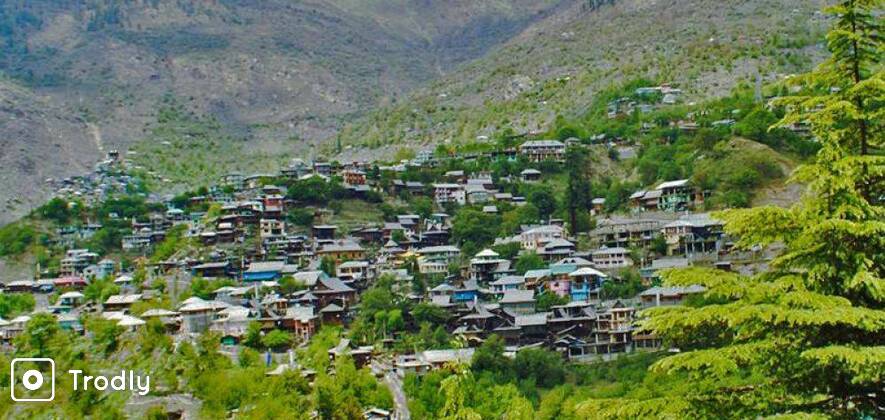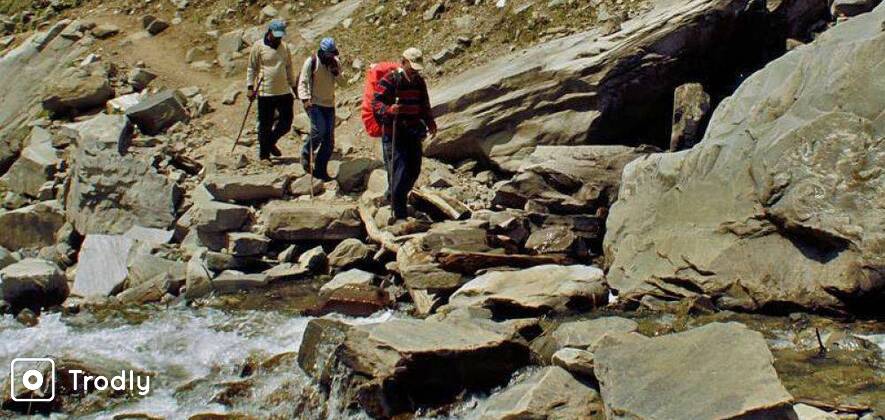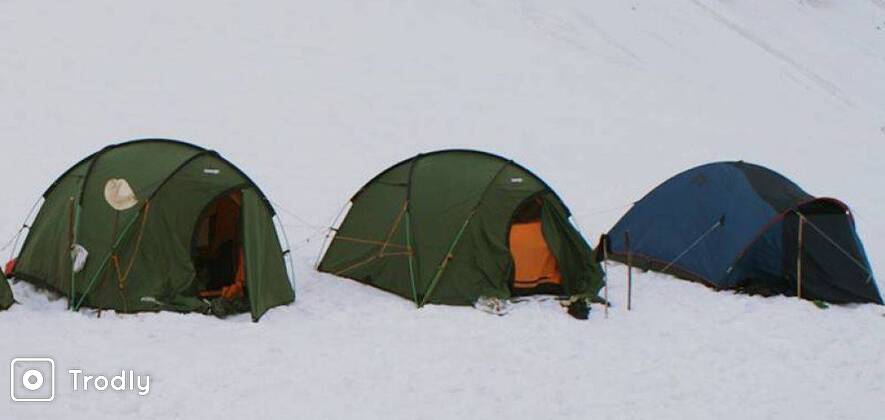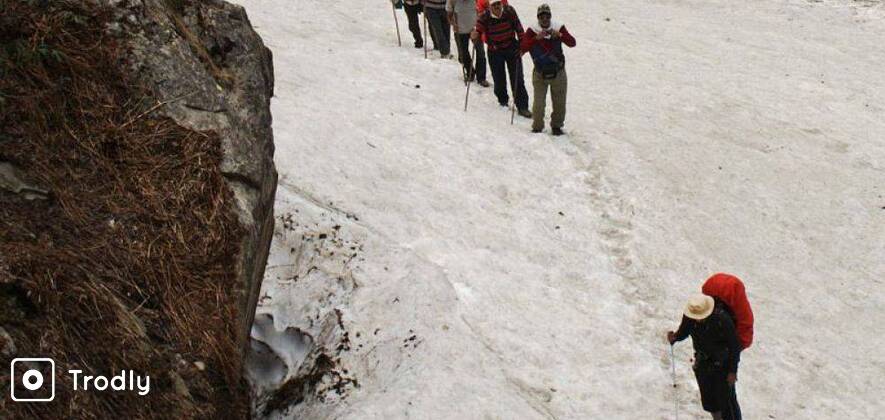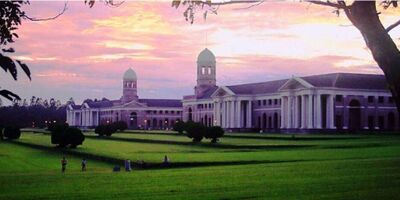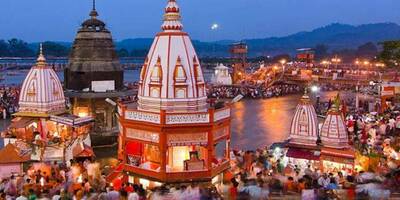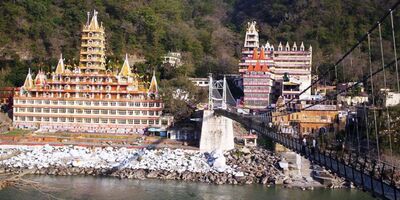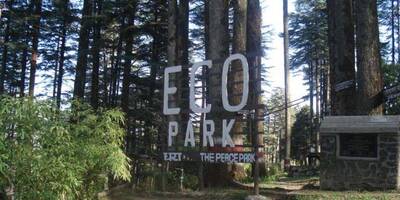Rupin Supin - The Twin Valley Trek
Trip Overview
Lush green valleys, mountain peaks hiding under the mist cloud, patches of wildflowers, flock of sheep making their way and quaint villages in peace under the shadow of the mountains, Rupin Supin trek in Uttarakhand becomes more amazing with every turn.
- Enjoy the peace and calm of the one of the least explored trek in the Uttarakhand.
- Trek to an altitude of 4300 m.
- Actual trek starts during the second day from Bheetri.
- Get to know about the interesting culture of the people living in the Himalayas.
- Chance to stay in local houses or camps in the meadows.
- Enjoy the delicious local cuisine.
Why Choose This?
- No Hidden Charges: All inclusive price with no hassle of paying on multiple occasions during the trip.
- Low Batch Requirement: Guaranteed departure for even a 2-member group.
- Small Convenient Batch size: The convenience of a small batch size for best service quality. Maximum of 12 members per group.
- Road Transportation: All road transportation after the reporting point is included in the cost. Trekking group travels together comfortably.
- Tented Accommodation: 2 people per tent throughout the trek. We use tents from international brand Vango Halo 300, weather tested beyond the European standard EN5912.
Detailed Overview
Since the Rupin Pass trek is a less explored trail in the Himalayas, you can enjoy the beauty almost all to yourself. With the actual trek starting from, Bheetri we will reach Rupin valley at the 3rd day and the Supin valley at the 4th. The highest altitude you will reach during the trek will be 4300 m. During the trek, you will get the opportunity to stay with the local people and know more about their culture. The innocence of the Himalayan villages will leave you wanting more of this place. You can also spend the night in beautiful meadows which are called ‘Thaach’ in the backdrop of the Himalayas. These grassy meadows are home to Gujjars and their herds of cattle and equines.
Itinerary
Day-1: Dehradun to Himri (8 hrs drive)
We start the day early from Dehradun (reporting time is 6:30 am) and travel to the Tons valley. The route is extremely beautiful and one finds himself winding his way up into the mountains via Nainbag and Damta. Purola is the last big city on the route with good network connectivity. It is a beautiful city with scenic farmlands. After Purola we cut into the Tons valley and cross Mori and Netwar. From Netwar we follow the Rupin river upwards. Himri is a roughly half way between Netwar and Dhaula. We break for the day and camp by the riverside. Rupin has clear blue water that rumbles down the hills.
Day-2: Himri to Bheetri (drive) and Bheetri to Kurla Thaach (8 km trek)
We leave Himri after breakfast. From there, jeeps are arranged for us to travel to Bheetri, which is the last motorable village on our route. Bheetri stands at a 2500 m altitude from sea level. For its altitude, Bheetri is a large village with over a hundred households. The village folks are mostly agrarian. The local deity is Sherkudeya Devta or the whistling God, and like in all villages of the area, a big temple stands in his honour in the centre of the village courtyard.
From Bheetri our actual trek starts. We cross the village and after a 2 km trek, we will come across Sarutaal, a beautiful seasonal pond at the edge of the cliff. The lake and the cliff overlook the Rupin valley below. After a short break to catch our breath and enjoy the view, we move further. Forest cover starts soon. From there, after a 6 km hike, we will reach our destination for the day ‐ Kurla Thaach (2600 m). A ‘thaach’ is a grassy opening in the middle of the forest. These grassy meadows are home to Gujjars and their herds of cattle and equines. You can easily spot cows, buffaloes, horses and mules grazing in the grassy pastures.
Overnight stay in Kurla.
Day-3: Kurla to Rikatik Odi (8 km trek)
We start early next morning to begin our trek. After a couple of kilometres, we will leave the forest behind and reach the top of the mountain. This spot is called Simon Tee and it offers a great view of the higher peaks. We continue along the mountain tops and cross a ridge to reach Rikatik Odi. This place is the connecting point between the Rupin and Supin valley. On the Rupin side of the ridge, we have the Bheetri and Dhaula villages. On the Supin side of the ridge, we have Kasla and Fitadi villages. Rikatik Odi has a fairly high in altitude (approximately 3600m) and doesn't have a dense vegetation. There are no trees at this height, just shrubs and grasses. In the spring season, there are many flowers to be observed on the slopes. Rikatik Odi offers a few good camping sites and we will settle there for the night.
Day-4: Rikatik Odi to Phitadi village (8 km trek)
Today we leave the Rupin valley behind us and head towards the Supin valley. It will be a lovely walk through conifer forests. The trail will be moderate and once we enter the forest again it becomes even more enjoyable. On the way, we will reach Phitadi village. This is another typical village in the Garhwal region in the Himalayas with a wooden house and slate stone roofs. We can visit homestay and spend some time with the locals.
Day-5: Phidati to Jakhol (6 km trek)
Today is the last day of our trek. After leaving Phitadi village trek towards Jakhol. The trail is again moderate and there are many farms along the way. We reach Jakhol village which is the entrance to the Supin valley. This village has a large temple dedicated to the local deity. We spend some time in the village and leave for Sankri later. This is an hour’s drive and Sankri has many guesthouses to relax and spend the rest of the day in the village.
Day-6: Sankri to Dehradun (7 hrs drive)
Today we leave Sankri and head for Dehradun and reach there by early evening.

Basic Details
Inclusions
- Transportation as per the itinerary in shared vehicle
- Transportation from Dehradun and back
- Service of experienced mountain guide & helper staff
- Tented accommodation during the trek - twin sharing basis
- Camping arrangement (tent, sleeping bag, camping mattress, camping stools, mess tent, toilet tent and First Aid)
- All meals (from dinner on day-1 to breakfast on day-6)
- Porter/Mule for carrying camping equipment & ration
- All permits and forest fees
Exclusions
- Insurance of any kind
- Porterage for personal luggage
- Meals during road journey
- Anything not specified in inclusions
Why book with TRODLY
- Best Price Guarantee
- Verified customer reviews that help you make the right decision.
- Qualified operators. All partner operators selected after rigorous system of checks.
- Free Cancellation on Most Trips
- Only Best Trips - Our team of travel experts bring uniquely local, safe, and exciting experiences to the community.
- 100% Secured Payments
Important Information
Duration: 6 Days | 5 Nights
Trekking Days: 4 Days
Best Season: May-Jun & Sep-Oct
Level: Moderate
Weather: Pleasant throughout the day, nights can be cold
Cancellation Policy
- 75% refund if cancelled before 15 days
- 50% refund if cancelled before 7 days
- No refund after that
*Advance payment is non-refundable
Frequently Asked Questions (FAQs)
We keep our groups small for better over all experience. Typically our group size is between 6 to 10 trekkers. On few long weekends and holidays could see a group size of upto 15.
14 travellers found this helpful
We serve delicious Indian vegetarian food and eggs during the trek.
8 travellers found this helpful
Yes all published dates are final and departures are guaranteed. Even if that its just you, we will proceed with the trek.
12 travellers found this helpful
Toilet tents are set-up at the campsites. These are dry-pit temporary toilets and most hygienic as well as convenient way to answer nature’s call in the wild.
10 travellers found this helpful
You will receive good network up to the towns of Mussoorie, Rishikesh. Beyond these network is intermittent and quite weak. Please inform anxious family members in advance that you will be out of coverage area during this trek. There will be no electric charging points anywhere on the trek.
9 travellers found this helpful
Ideally trekking shoes/boots with ankle support are needed for any trek in the Himalayan region. Quechua shoes available at Decathlon are a value for money option.
2 travellers found this helpful
Our tented accommodation is provided at twin sharing basis. The tents that we provide are best in class and are professional grade. You can read more about it here: http://www.vango.co.uk/gb/blog/15_vango-halo-300-technical-trekking-tent.html
10 travellers found this helpful
Similar Exciting Activities

Get trip inspirations, offers and more.


